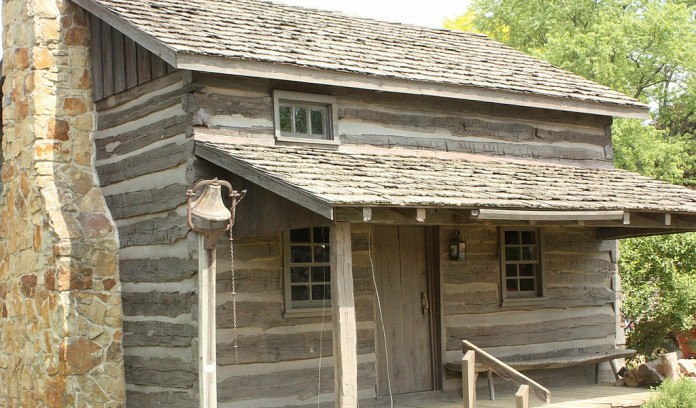
SMITHVILLE, Ohio — A trunk, five dollars and train tickets. The combination may not seem like much, but for the Mishler family, these three little things were the start of a family legacy.
In 1800, young John and Rosina Mishler, along with their three children, made the trek from Switzerland to Dalton, Ohio, thanks to their sponsor, Matthias Gerber. A short time after their arrival in the U.S., the family moved to Smithville, Ohio, where they started a weaving business. The Mishlers quickly became known for making quality rugs, and developed strong relationships with those in the Wayne County community.
Growing business
As time progressed, the family business grew. The three children who made the original trek now had six brothers and sisters, one of whom would eventually buy the business. The weaving business, originally powered by coal, took advantage of electricity in 1915 or 1916. The switch to electric gave way to power looms and more efficient production, as well as a wider range of products.
In 1930, Daniel Mishler purchased the business from his father and chose to move it and the building to its present location at 381 E. Main Street, in Smithville, Ohio. Daniel operated the weaving mill until his death in 1982, at which point employee Charles Norris took over until its purchase by the Smithville Historical Society in 1993, where it is the focal point of the society’s growing pioneer village.
Still in action

Today, the mill still runs with as much vigor as it would have in the olden days. Thanks to the work of 12 to 15 volunteers, the barn beam loom is in action every Wednesday from 1-4 p.m., year-round, along with multiple other looms that have been donated by community members. The mill still runs off the same electric system as it did when the Mishlers were operating it.
Rugs, towels, table runners and cloths are among the creations produced each week by volunteers, four of whom are over the age of 90. Visitors can view and purchase the authentic crafts in the gift shop, which is located in the mill.
Along with the mill, the Smithville Pioneer Village has nine other buildings that are open to the public. Some of these buildings include a working pottery barn and tin shop, as well as a schoolhouse and an 1800s era barn.
The pottery barn and tin shop are run by four historical society volunteers, and are the home of many unique pottery and tin crafts, which are for sale, along with the mill items, in the gift shop. Visitors can watch the pottery and tin crafts being made most every Wednesday and during open houses.
The Lydo Barn, a piece from 1840, was moved from west of Smithville to the village, where it now stands. Inside the barn are antique farm implements and tools. An array of smaller items fills the entrance, which gives way to larger items throughout the back and upstairs of the barn.
A 1914 Oliver Road Plow leans against the middle wall, and in another room of the barn you will find a wooden horse treadmill that was once used to exercise horses. The item was donated from Canfield, Ohio.
Down the road from the barn, visitors can find an old-time schoolhouse, furnished with items donated from community members and members of the historical society. Old marching band uniforms, high school yearbooks, and other local school memorabilia line the walls and shelves of the room, and a traditional teacher’s desk sits front and center. The school room is open for school tours and has also been a place to visit during high school reunions.
Something for everyone
Open houses are held once a month from May to October, each focusing on a different aspect of historical life. The village has also created its own tradition, called Christmas in the Village, an old-fashioned holiday celebration, which will be held Dec. 3-4. The next open house is June 18, from 1:30 p.m. to 4 p.m. The day will also include a game of vintage baseball, played with 1860s rules. The game, which starts at 1:30 p.m. behind Pioneer Village, will pit the Smithville Stars against the Mansfield Independents.
In the town of Smithville, the past is alive and well. It is run today much like it was in the Mishler era — with a bit of passion and a lot of elbow grease.












Factually, the mural is inspired by an actual photo taken of Rush Webner in 1939. We believe taken by Daniel Mishler. Rush would be my great-great grandfather on my Mother’s side of the family.